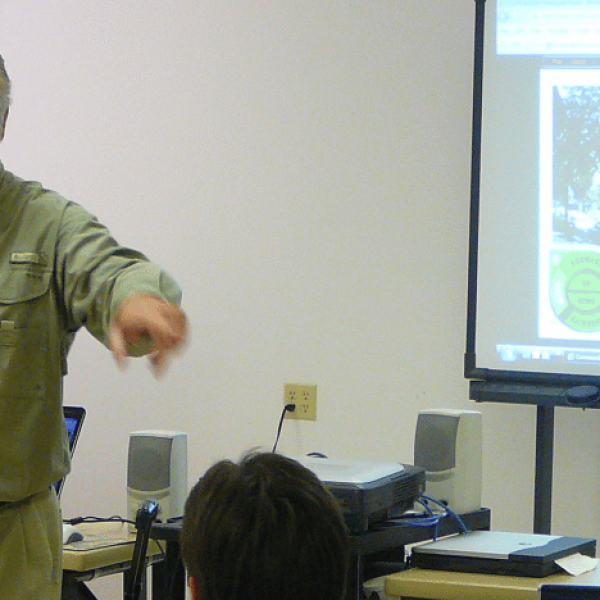Most first responders spend time in a classroom listening to an instructor as part of their continuing education and training. Although some instructors seem to be naturally gifted in that setting, others may find it to be a challenge. If you are an instructor, what are the keys to keeping the audience attentive and engaged?
One key is the subject material itself. Even if it might be mind-numbingly technical information, don’t make it worse by reading long portions of it to the audience from a manual. Focus on clearly explaining the main points. If possible, illustrate points through real experiences or authentic, interesting stories that concisely demonstrate the lesson, making sure to focus on why it is relevant to the subject. Provide a brief overview of what you are going to cover so the audience knows what to expect and where you are going. To instruct is good; to teach is better. A good teacher is able to simplify the complicated and make it easier for all to grasp.
Whatever your subject material, remember that your audience will be no more excited about it than you are. If you can’t find a reason why the material is important to your listeners, your presentation is in trouble before you start.
A second key is to create an outline of what you want to cover. For some instructors, especially if they have gone over a subject many times, a mental outline may work just fine. However, if the subject is relatively new or perhaps somewhat involved, a brief, concise, written outline can help the instructor to stay on point.
An outline also helps to keep the main points of the presentation in a logical order and it alerts the instructor when it is time to move on to the next point. An outline is not a scripted text, it’s key words or phrases that provide easy reference at a quick glance.
A third key is the instructor’s delivery. There are lots of speaking styles that work. As shown in the picture, you don’t need to stand in one spot, but if you do choose to move around, don’t move continuously as it can become a distraction to the audience. Without staring people down, establish brief eye contact with individuals in the group, and even if it’s not in your natural character, speak with enthusiasm.
Most classroom instruction works best when you actively involve the audience. A word of caution, however. If you need to cover a certain amount of material, you’ll also need to maintain control of the discussion. We often speak about connecting with your audience. This is not as mysterious as it sounds. Speaking to them as equals, sharing your own experiences and acknowledging their challenges can quickly bridge any gaps.

